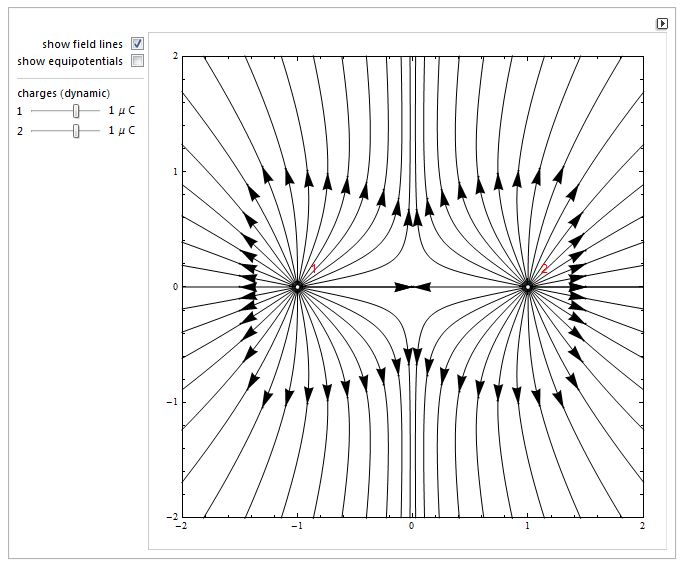Electric field line start on a positive charge and finish on a negative charge or start/finish at infinity of start/finish at a neutral point.
Here is a computer generated diagram of electric field lines plotted for a +1 charge on the left and a -3 charge on the right (-6 was not available).

There seem to be a lot of electric field lines which go off the edge some of which never come back and even more which appear from nowhere? In an ideal world some/most? will in fact come back to a charge.
Two equal +1 charges give this diagram.

As well as electric field lines disappearing into the distance there are two lines between the two charges which terminate in the middle where the is no electric field (neutral point).
Faraday invented lines of force to explain his observations when he was doing experiments in electricity and magnetism.
He "counted" these lines and according to Faraday there should be three times more lines arriving at the -3 charge then leaving the +1 charge. This ties in with Gauss and the electric flux (number of lines passing through unit area).
So if electric field lines are conserved then where do the extra lines come from which finish at the negative charge?
Perhaps that does show that electric field lines are not conserved but you you have to remember that that this an ideal situation which tries to show what happens in the real world.
The diagrams of field lines which are drawn are visual aids and do not represent real lines and as such there is nothing wrong with allowing lines to start and finish at infinity.
One last point is that all the diagrams drawn in this question are not three dimensional which makes counting lines in a 2D representation inappropriate.



